Most military forces use approximately the same set of ranks, traditionally with enlisted men running from private through variations of sergeant while officers run from lieutenant through general.1 But navies depart from this, using their own ranks which overlap some with the more traditional terrestrial lists, but usually mean different things.2
We'll start at the top. Most English terms come from either Romance or Germanic languages, including military ranks. But Admiral is an Arabic word, derived from the Arabic term "amīr al-baḥr", meaning "Commander of the Seas". This passed through Sicily in the 11th century, eventually Latinized as Amiral, to which English added a "d" later on.
Initially, admirals operated alone, but as fleets grew, so did a need for a deputy, who usually commanded the fleet's van (leading portion) while the Admiral stayed in the middle with the main body. He was known as the Vice Admiral (as in Vice President). Later on, as fleets grew even more, they needed a third admiral, to command the rear portion of the fleet, hence Rear Admiral. All Admiral ranks are known as "Flag Officers" because they were officers that had a specific flag that they would fly to designate what ship they were commanding from (hence flagship). In the US, at least, the term Flag Officer has become generic across the services, and is used to include Generals as well as Admirals, but this isn't the case everywhere, and some countries restrict its use to Admirals. Read more...

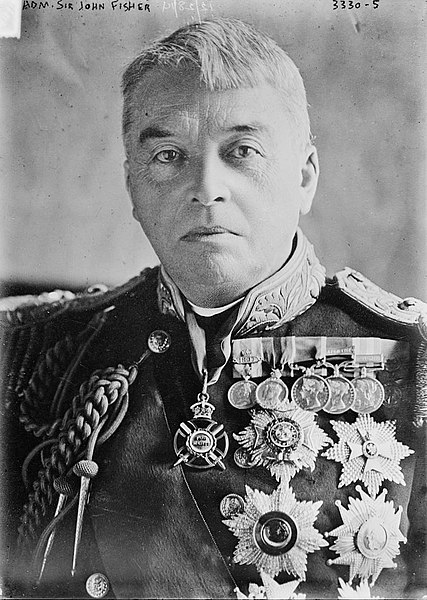
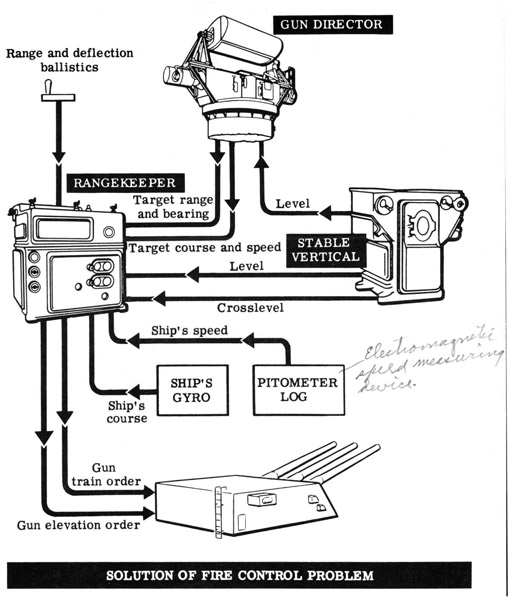
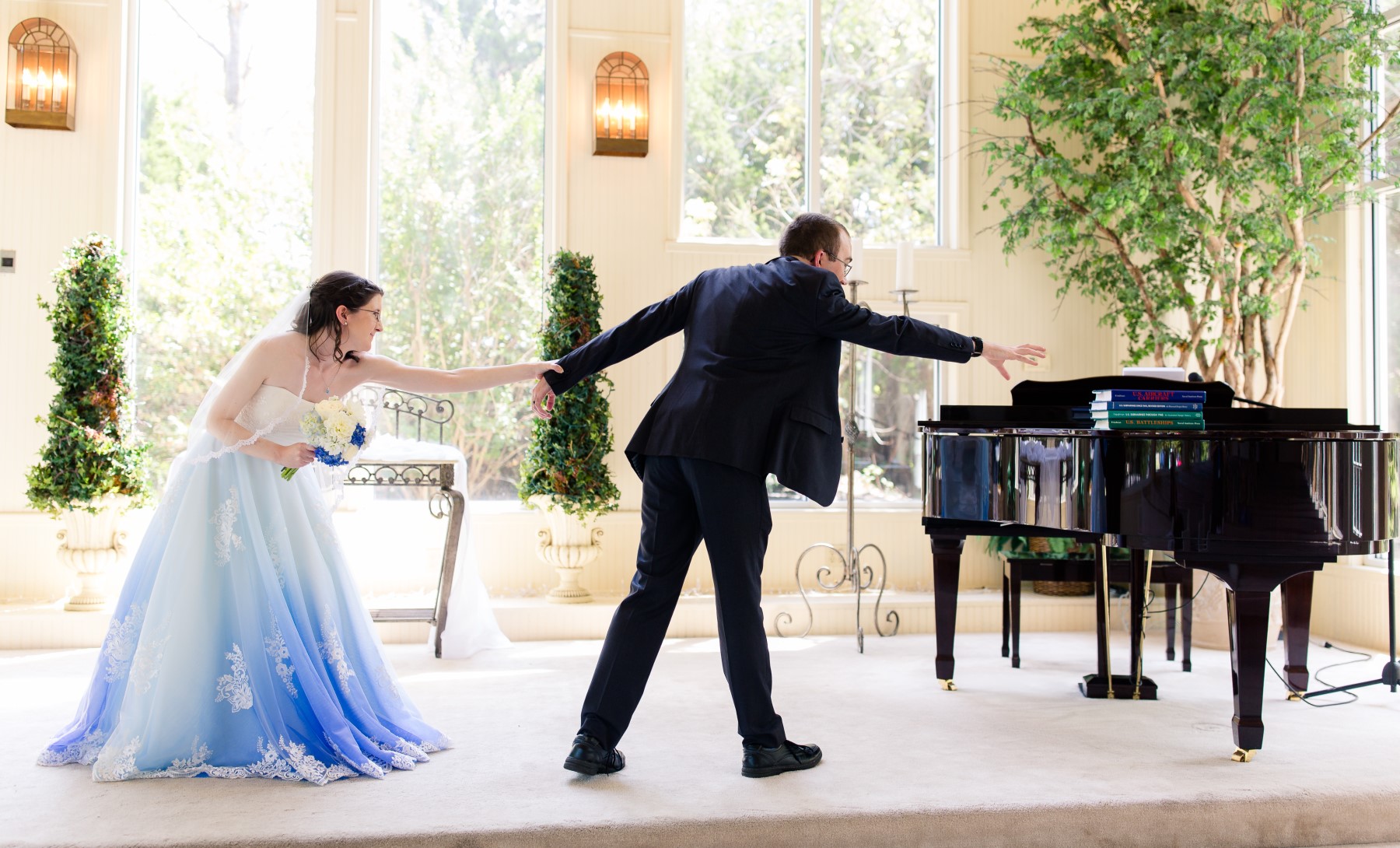

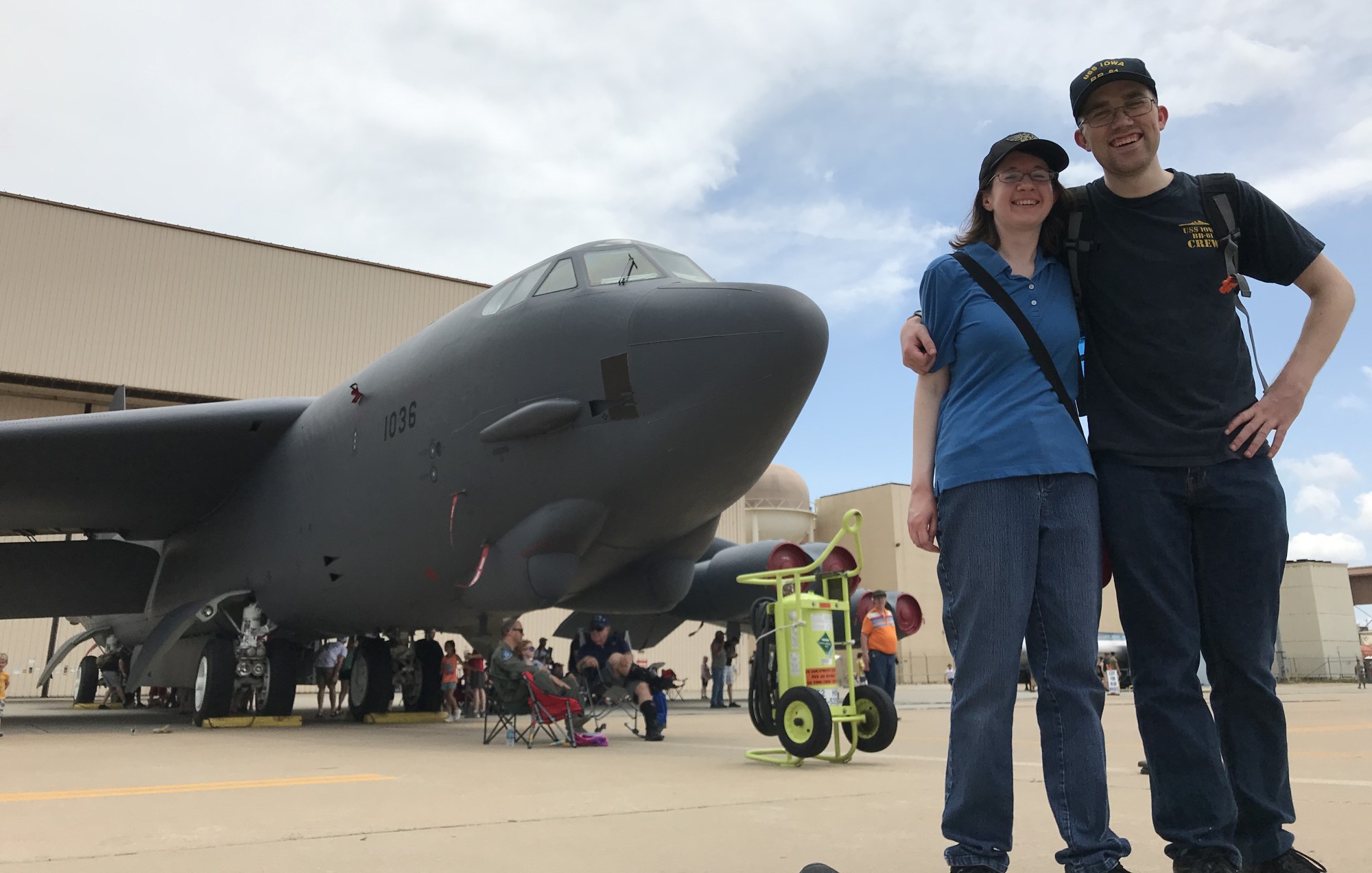
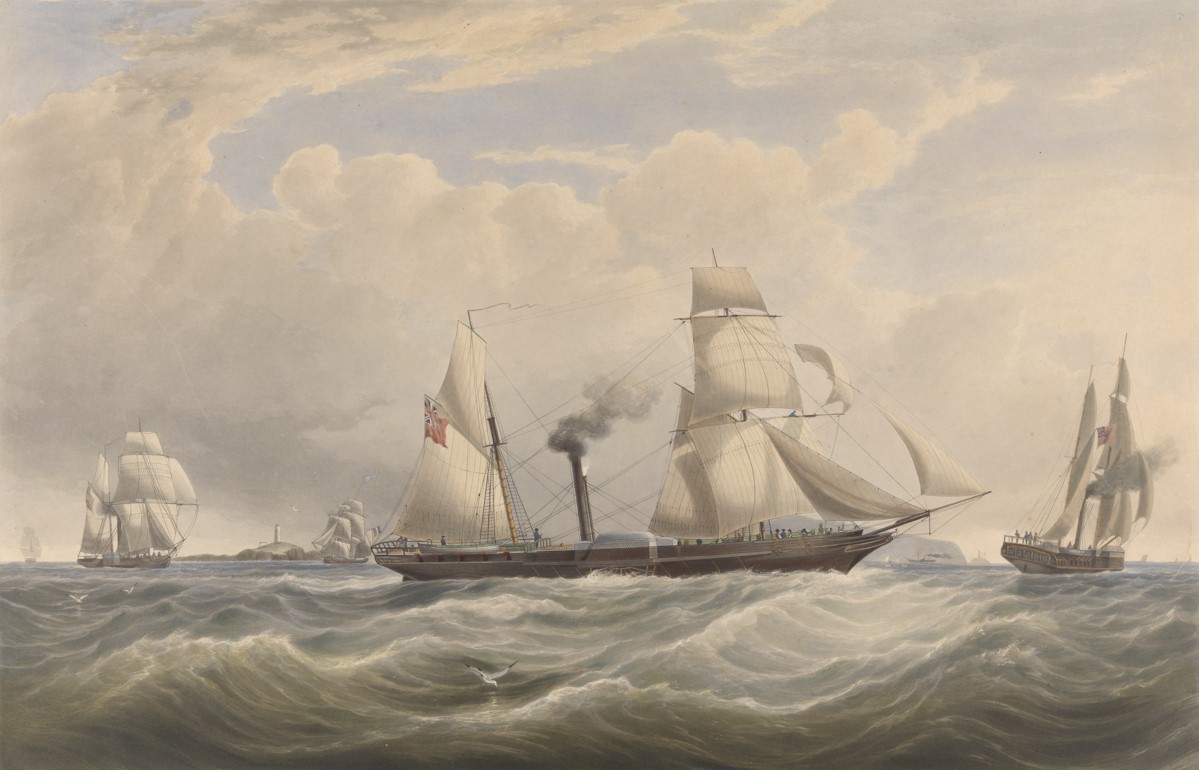
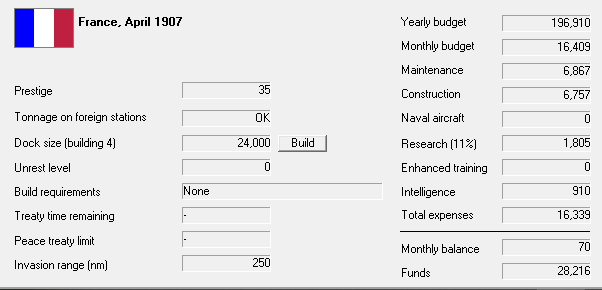
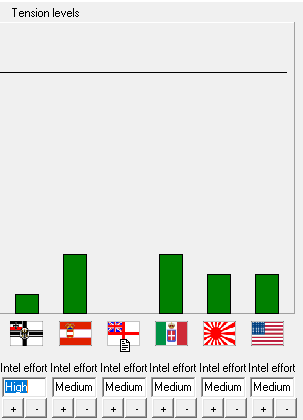



Recent Comments